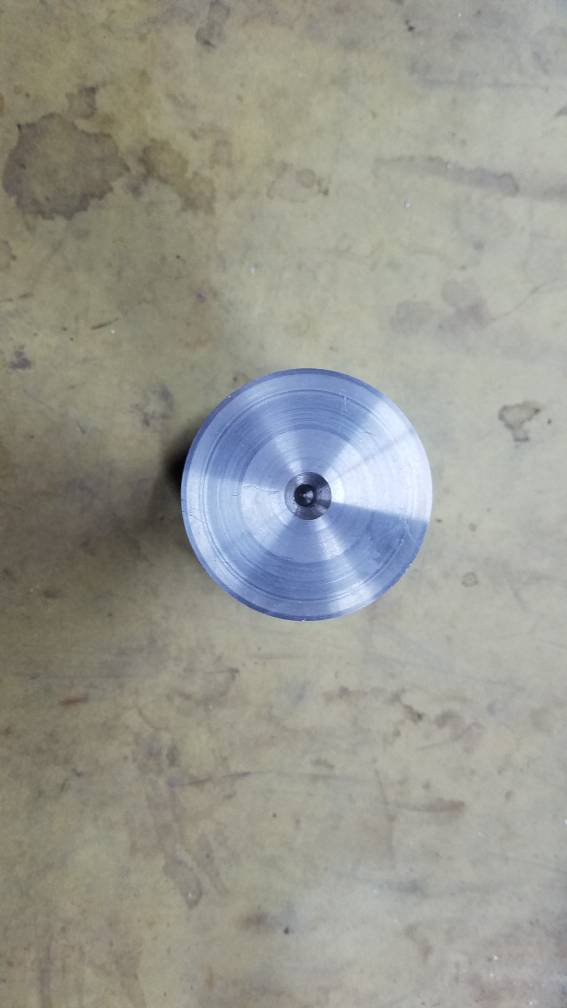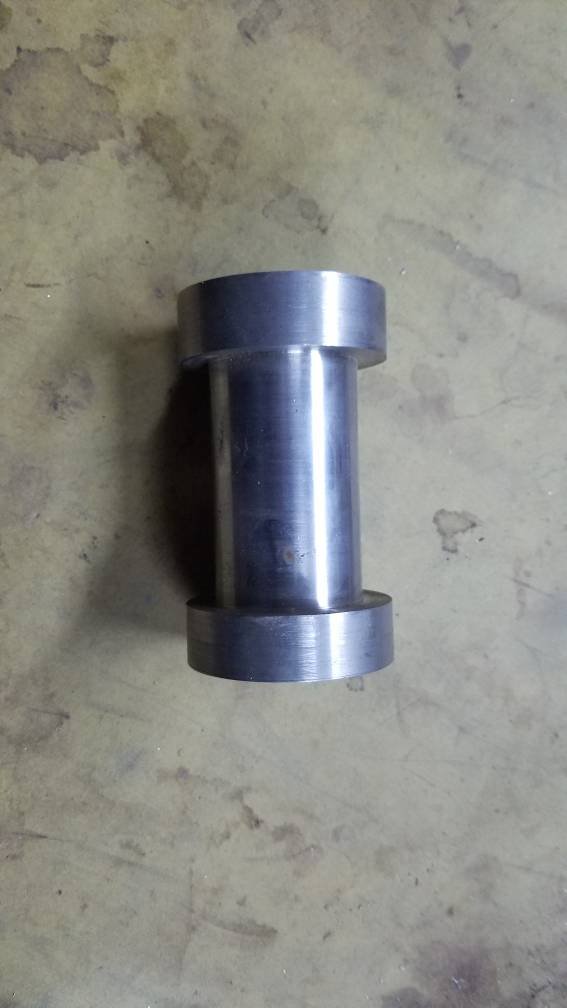- Joined
- May 31, 2018
- Messages
- 184
A couple of thoughts from me:
- Try a tool with a smaller nose radius. It's hard to tell from your photo but that tool looks to have a large radius on it. If your tailstock is out by a couple of thou then this could be the difference between the tool rubbing at the tailstock end and cutting at the headstock end.
- When taking a cut with a centre the tailstock can push back slightly. I notice this when taking heavy cuts in roughing operations but if everything isn't locked down firmly then this could easily cause a problem on lighter cuts, especially if the tool is rubbing and not cutting. When the tailstock pushes back it allows the bar to deflect as it is no longer being fully supported by the centre. When this happens you will usually notice that the very end of the part has a slight taper to it
- Sometimes bizarrely a deeper cut (within reason) will cause less deflection to the bar than a lighter cut. I believe that this is due to the radius of the insert being fully sunk into the material which minimises the reaction force in the stock pushing back into the cutting tool. I'm sure I read a good explanation of this on here somewhere but maybe some one who can explain this a little better can comment?




